Considered one of the greatest artists of the 20th century, Pablo Picasso is famous for a style of painting known as Cubism. As opposed to traditional art which depicts three-dimensional figures as they might appear to a human eye – for example, the back of a human figure’s head or rear side of a house not being visible – cubism strove to represent all sides of a figure, often by breaking it up and re-assembling it in abstract and geometric form. Here are a few ways that you can explore Pablo Picasso with your learners in early childhood settings.
Picasso-inspired Self Portrait
Encourage young learners to make a self-portrait in the manner of Picasso.
Materials required for this art are just white paper, a black crayon and a bunch of colourful crayons. Start by having children use a black crayon to draw a big “face” on the paper but what makes this really fun is that it need not be round or oval – rectangle, square, pentagonal, quadrilateral - anything really goes. Now let them draw two eyes on the “face” shape – except horizontally placed next to each other as in real faces! This can in effect mean one eye standing upside down and the other horizontal as in ‘normal’ images. Encourage kids to have fun thinking of eyes in different sizes or even shapes like round and wavy instead of oblong/oval eyes. Similarly, let them add a nose and lips wherever they want within the face shape and make it look however they want to. Ears too can be in different sizes and placed in different places on the outer outline of the head. Think of really weird hair to add and wrap up the drawing bit by filling up the background with small patterns like fish scales, stars or tiny infinity signs. Finally, it is colouring time and lo, their Picasso-inspired self-portrait is ready!
Cubist Picture
Start with a sheet of blank white paper and then let kids think for a moment about what they would like to draw – like a butterfly, an apple or a tree. Have kids draw their desired image on the white paper and then tell them to use a ruler to draw lines straight through the picture. Your learners are probably going to be shocked at this but once the idea settles in, let them have fun crisscrossing the paper with ruled lines – a mix of vertical, horizontal, diagonal, and slanted – any which way they want. The ultimate idea is to get the picture split into many different pieces. Just avoid drawing the ruled lines too close together which would result in overly small geometric shapes. After children are done drawing rules lines, have them take a black permanent marker to trace all the lines – ruled as well as the outline of the picture they had drawn, to begin with. Next, have children divide their pastel crayons into warm and cool colours – the former would include yellows, oranges, peaches and reds while the latter would include greens, blues and some purples. They can then colour different sections of their picture – which would be the butterfly or apple – with various warm colours. Similarly, have them colour the sections made on the rest of the sheet with cool colours. This result not only incorporates the geometric shapes associated with Cubism but also the hues of Picasso’s famous Blue and Rose phases before he went on to use Cubism.
Further Reading
Jackson Pollock For Children - Jackson Pollock was an American artist who painted in the abstract expressionist style. He is best known for works created by dripping and splashing paint on a large canvas that would lie flat on the floor. The following lists activities to explore Jackson Pollock with children.
Salvador Dali Art Projects For Children - Salvador Dali was a famous Spanish artist known for being unconventional in both his creations and appearance. His paintings, sculptures and films often have a dream-like quality about them, often because the bizarre landscapes or actions depicted cannot happen in the real world. The following lists activities to explore Salvador Dali with children.
Claude Monet For Children - Oscar-Claude Monet was a pioneer of the French Impressionist style of painting. The following provides information on Claude Monet's art experiences that can be created by children.
Andy Warhol For Children - Andy Warhol became famous as an artist in the Pop Art movement which uses images from popular cultures like advertising, comic books and other everyday objects. The following provides information on Andy Warhol's art experiences that can be created by children.
Vincent Van Gogh For Children - Dutch painter Vincent Van Gogh has been widely acclaimed as one of the greatest figures in the history of art. His works exude intense emotional power with their vivid colours and bold brushstrokes. The following provides information on Vincent Van Gogh's art experiences that can be created by children.
References:


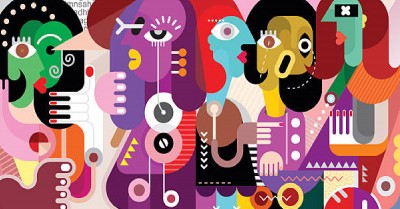
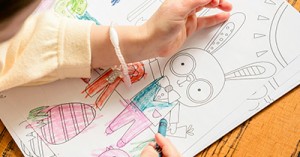

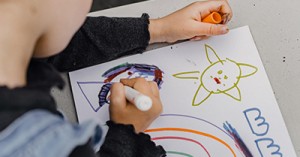
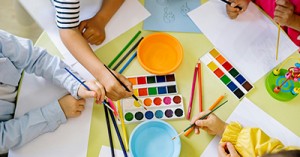
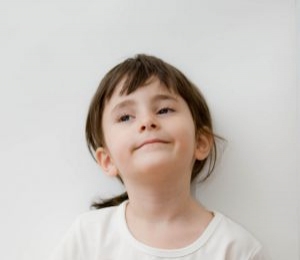 Open ended questions cannot be responded to with one word answers such as yes or no. These types of questions enables a child to provide
Open ended questions cannot be responded to with one word answers such as yes or no. These types of questions enables a child to provide During your child’s preschool years, an important milestone begins to emerge. This is the development of pre-writing skills. Pre-writing skills are used to encourage, develop
During your child’s preschool years, an important milestone begins to emerge. This is the development of pre-writing skills. Pre-writing skills are used to encourage, develop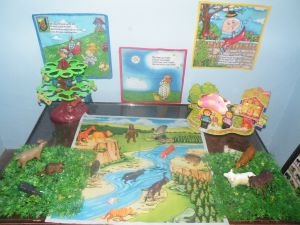 Open ended materials enables children to play freely. They are objects that have no rules to follow, use or function. Raw materials that can be
Open ended materials enables children to play freely. They are objects that have no rules to follow, use or function. Raw materials that can be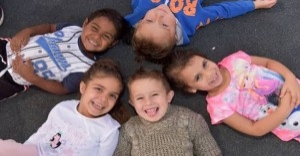 An Acknowledgment of the Country is a way of showing respect for the Traditional Owners and can be given by both non-Indigenous people and Aboriginal
An Acknowledgment of the Country is a way of showing respect for the Traditional Owners and can be given by both non-Indigenous people and Aboriginal Language plays an important role in a child’s development. It enables a child to communicate effectively with their family, learn at school, socialize with friends,
Language plays an important role in a child’s development. It enables a child to communicate effectively with their family, learn at school, socialize with friends, Like adults, children have to deal with their own stress in life. Moving house, starting a new school, preparing for a new sibling - these are
Like adults, children have to deal with their own stress in life. Moving house, starting a new school, preparing for a new sibling - these are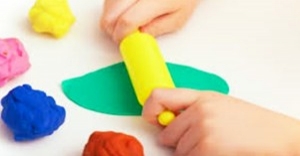 Playdough is such a versatile material. It provides numerous benefits to children as they manipulate it, it is safe and soothing and provides children with
Playdough is such a versatile material. It provides numerous benefits to children as they manipulate it, it is safe and soothing and provides children with Teaching children about sustainability enables them to appreciate and respect the natural environment. Early childhood services can provide meaningful hand on learning experiences in order
Teaching children about sustainability enables them to appreciate and respect the natural environment. Early childhood services can provide meaningful hand on learning experiences in order Recycling is an important concept that teaches children to care for the environment. It encourages children to be responsible and show a growing appreciating for
Recycling is an important concept that teaches children to care for the environment. It encourages children to be responsible and show a growing appreciating for When children apply paint to paper, glue things together, or pound a lump of clay, they experiment with colour, shape design and texture.
When children apply paint to paper, glue things together, or pound a lump of clay, they experiment with colour, shape design and texture.



